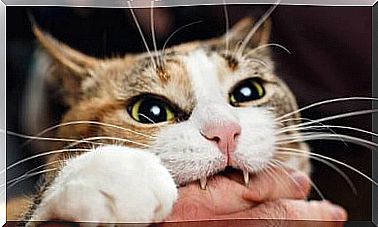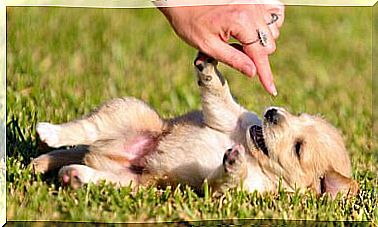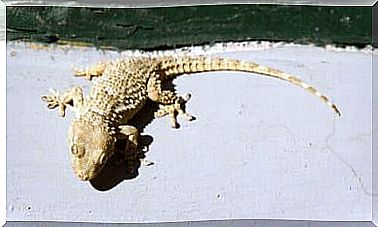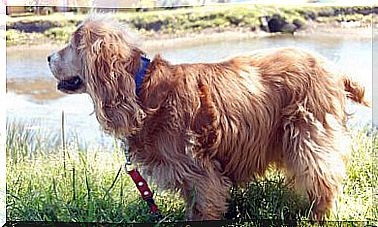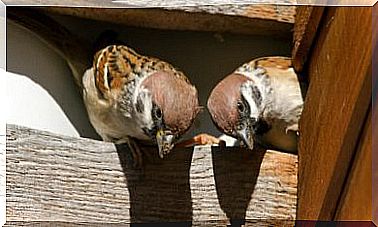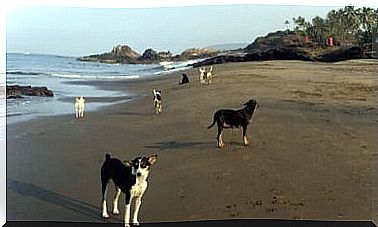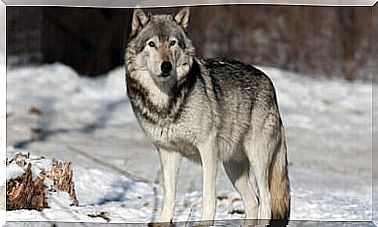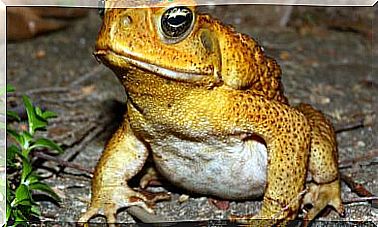Black Stork Conservation

The white stork is probably one of the most popular birds, given its beliefs and stories. On the contrary, the black stork, which in other times must have been as common as the white one, was unknown and ignored, because it is much more elusive and does not come close to human populations.
Are Iberian storks really that different?
Storks belong to the Ciconidae family , formed by 17 species of birds. Among them, the genus Ciconia stands out , in which the Iberian storks are classified :
- Ciconia ciconia or white stork.
- Ciconia nigra or black stork.
In addition to the self-interest of these birds that visit the Iberian Peninsula to breed, it is very interesting to see how two species so genetically close have such different behavior patterns. While the white stork is anthropic, the black stork is shy and always looks for places with fewer human beings.
The differences are also extraordinary in terms of numbers and distribution. While the white stork is very common, the black stork is sadly on the endangered species list. All these data lead us to create completely different conservation strategies.
What are the characteristics of the black stork?
The Black Stork is characterized by:
- Have a wingspan of about 150 centimeters.
- Weigh about three pounds.
- Its legs are featherless and reddish, thin and long.
- Its beak is pointed, reddish in color and flows into a red orbital ring.
- The plumage is completely black, except the belly, which is white.
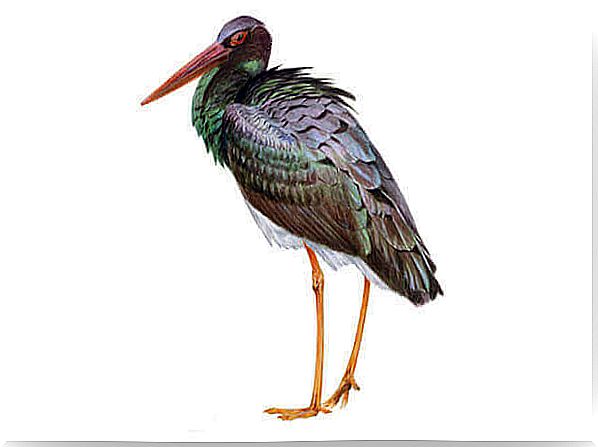
Population and distribution in Spain and Europe
In Spain, it occupies the southwest region, with a main population occupying both banks of the Tagus river. The approximate estimate of breeding pairs is 300 to 350. In Europe, as a trans-Saharan migratory species, populations are found mainly in the east, where they are relatively common.
Black Stork Habitat
The choice of one area or another depends on the availability of substrates to create the nest, the proximity of freshwater bodies and the minimal presence of humans.
It is an eminently forest species. For this reason, it chooses mature forests that are poorly humanized on the banks of rivers or lakes, to install their nests in large trees.

Black Stork Conservation
Everything indicates that the distribution area and the number of couples have decreased over the years. The causes can be:
- First, the destruction of mature forests and the disappearance of large bodies of water.
- The second most important reason is the creation of public roads or buildings close to the breeding site.
- Third, loss of feeding areas, adult discomfort during the breeding season or egg theft.
- Above all, electrocution, poisoning and poaching, as with almost all large wild birds.
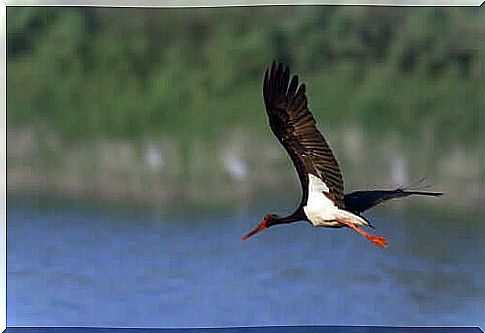
Measures to protect and increase the Black Stork populations in Spain include the development of a good recovery plan that includes:
- Habitat protection and restoration.
- Reduction of adult bird mortality.
- Improved reproductive success through surveillance programs to eliminate disease and theft.
- Specialization in the recovery of storks in veterinary hospitals.
